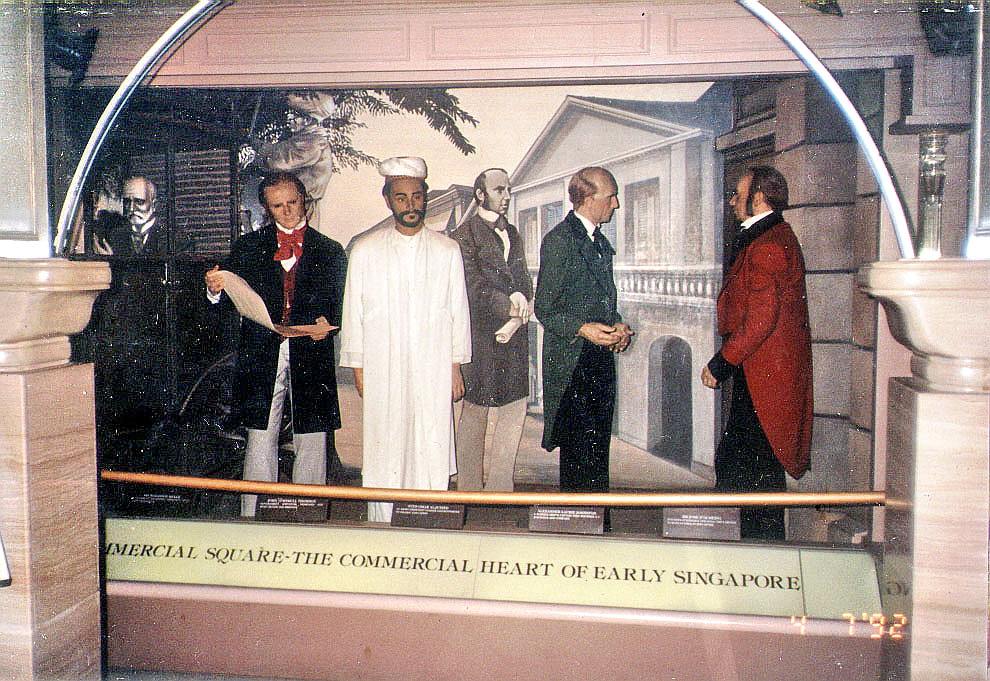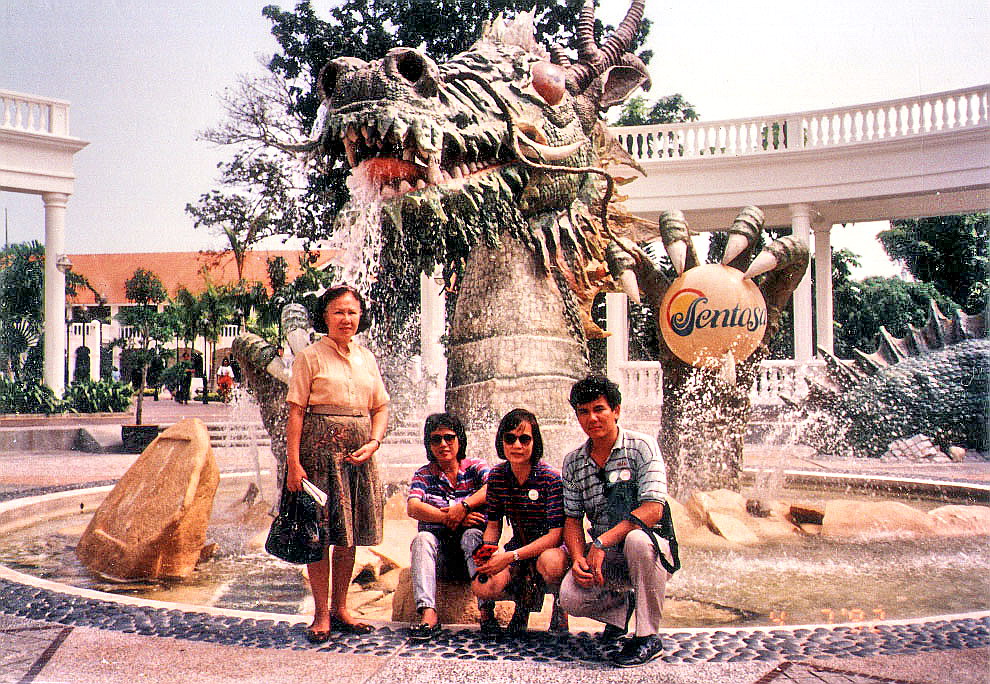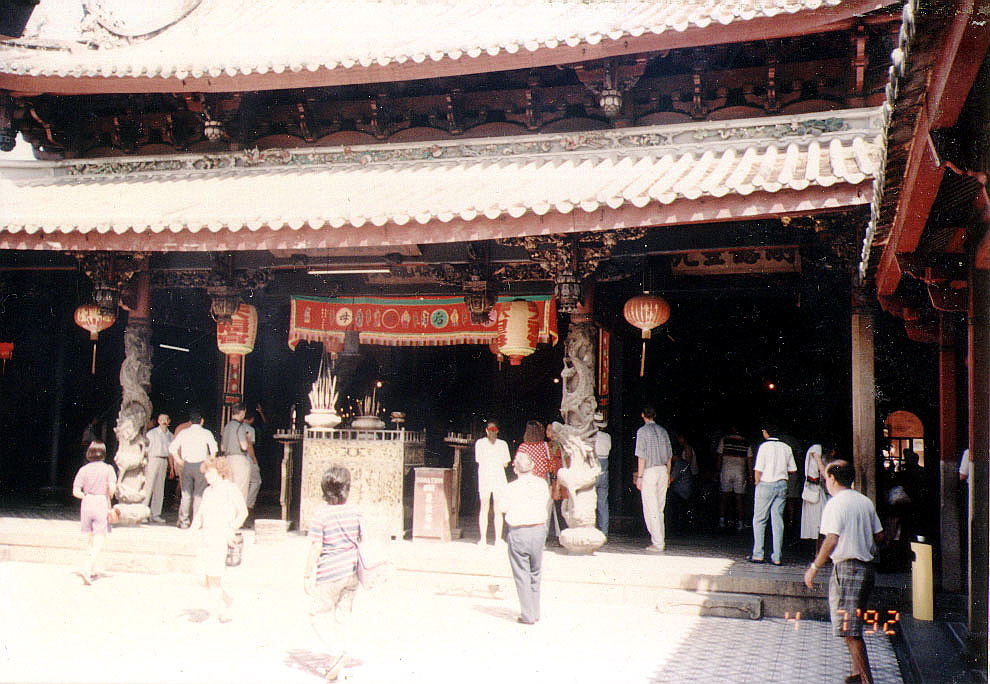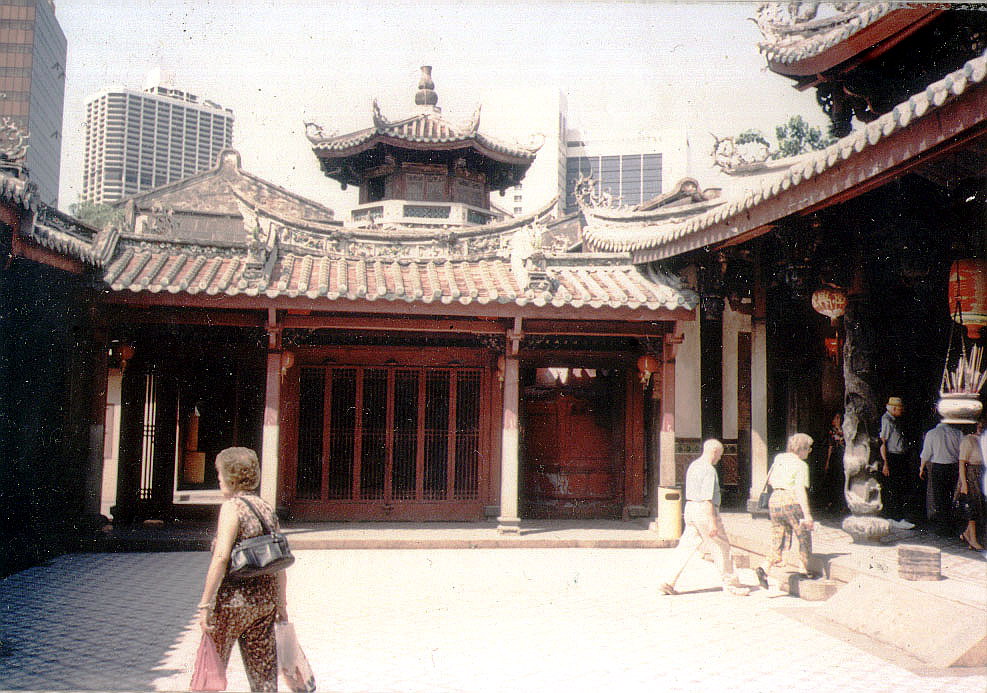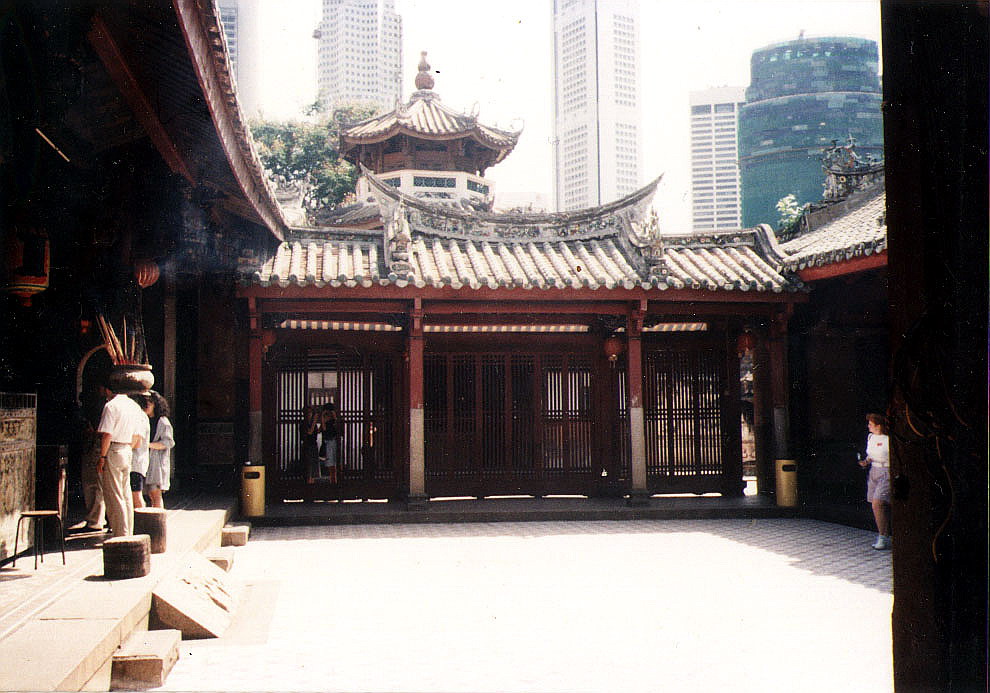On our fourth and last day in Singapore, I undertook, after breakfast at the hotel. another lone city tour, this time the famous Raffles Hotel along Beach Road, Singapore’s equivalent to our Roxas Boulevard but no longer flanked by the sea due to land reclamation. I decide to just walk for the exercise.
Reminiscent of our very own The Manila Hotel, this hotel has played host to famous authors Noel Coward, Rudyard Kipling (who once said, “Feed at the Raffles”) and Somerset Maugham, film stars Charlie Chaplin, Douglas Fairbanks and Mary Pickford, Alfred Hitchcock and Elizabeth Taylor, and royalty and world leaders.
This Grand Old Lady of the East, one of the last great 19th-century hotels, was established by the Armenian Sarkies Brothers in 1887 and, in 1987, was designated as a National Monument. In March 1989 it was closed for an extensive major $160-million renovation and restoration program to bring her back to her former 19th-century glory. The original cast-iron verandah at the main building’s front, removed in 1919 to make way for an extension, was faithfully reconstructed, complete with the lovely stained glass.
The hotel was reopened in September 1991. Today, it has 104 tastefully appointed – and now airconditioned – suites, each with a unique décor that recreates the heyday of the 1920s using period furnishings and amenities. Eighteen of the State Rooms are housed in the hotel’s Bras Basah Wing, built in 1904. The lobby features three magnificent Persian rugs, all handwoven in the early 1930s by master craftsman Saber. The hotel has also acquired a collection of 70 pieces of Oriental carpets, all used to their best advantage, at public areas, staterooms and suites.
Raffles also has 11 food and beverage outlets, all maintaining the turn-of-the-century ambiance. They include Raffles Grille, Tiffin Room (serves the famous curry tiffin), Empress Room, Empire Café, Raffles Courtyard, Ah Teng’s Bakery, Seah Street Deli and Doc Cheng’s. Singapore’s ethnic cuisine, as well as Raffles’ signature dishes, are also featured at the cooking classes of Raffles’ Culinary Academy.
The hotel’s elegant architecture is complemented by many courtyards and gardens that occupy over a quarter of the estate and host more than 50,000 plants comprising 82 species of trees, palms, ferns, shrubs and flowering plants. The Palm Court, a garden for residents, still retains its tropical charm. The Palm Garden, on the other hand, features a beautiful ornamental cast-iron fountain dating back to the 1890s. The Lawn, an outdoor function area, is flanked by a lily pond and a timber pavilion.
Also near the hotel, within the War Memorial Park, is another famous iconic landmark – the Civilian War Memorial, designed by the late Singapore architect Leong Swee Lim (1935-2002) of Swan and MacLaren Architects. Unveiled on February 15, 1967, its 4 identical, 70 m. high pillars represents the shared experiences and unity of the 4 major races of Singapore – Chinese, Malay, Indian and other races. The remains of the unidentified war victims are said to be buried beneath the monument.
From the hotel, I dropped by the office of DP Architects Pte. at the Golden Mile Complex where I visited friends Oliver “Papot” Venegas and Felipe “Philip” Carrillo. After this, I retraced my way back to the hotel. Once packed, we all checked out of the Cockpit Hotel and, by noontime, boarded our van for our transfer to Changi International Airport where we were to take our Singapore Airlines flight to Bangkok (Thailand).
Raffles Hotel: 1 Beach Rd., Singapore 189673. Tel: 6337 1886.















